Apple is expanding the management options in its parental controls, simplifying Child Accounts in iOS 26 while also protecting their age when sharing details with apps.
Apple already has extensive parental controls built into its products, but it continues to be the target of complaints from critics that it needs to do more. In iOS 26, macOS 26 Tahoe, and its other operating system updates, Apple is doing just that.
Apple says it is expanding the tools it offers to parents to manage a child's access to apps and services. This starts with simplifying Child Accounts, streamlining the setup process and making it easier to access the built-in parental controls of the system.
This includes simplifying the process for parents to make sure the age on the account is correct. Once created, parents of kids aged under 13 will be prompted to connect the child's account to their Family group, converting the new account to a Child Account and providing parental control access immediately.
Parents will also be able to allow Child Accounts to share the age range for the child with apps. The use of a range is a privacy move, preventing developers from determining the child user's date of birth.
Parents will stay in control over whether age-range information will be shared with apps on a per-app basis, and can change their mind at any time.
Teen changes
While Apple mandates that children under 13 use a Child Account, which includes web content filters and app restrictions by default, a similar move is being made for those aged from 13 to 17.
Accounts in that age range will have similar age-appropriate protections applied to them, regardless of whether it was started up as a Child Account or an Apple Account. This includes both web content filters and Communication Safety, as well as the more granular age ratings in the App Store.
By the end of 2025, age ratings will be expanded to five categories, with three new ones to cover adolescents: 13+, 16+, and 18+.
Communication Limits will also be updated so that children can make requests to parents to authorize communications with new phone numbers. Parents can approve or deny with a tap in Messages.
There's also a PermissionKit framework that developers can use, allowing for their apps to offer the same permission requests.
There are also notifications on App Store pages to explain if apps include user-generated content, messaging, or advertising capabilities. Notifications will also be displayed if there are any in-app content controls available too.
In cases where Ask to Buy is enabled in the App Store, parents can now allow children to download apps with age ratings above the app content restriction set, as an exception. However, that permission can also be revoked at any time, blocking access to the app.
Communications Safety is also being upgraded, with it intervening if nudity is detected in a FaceTime video call. It will also blur nudity in Shared Albums in Photos.
 Malcolm Owen
Malcolm Owen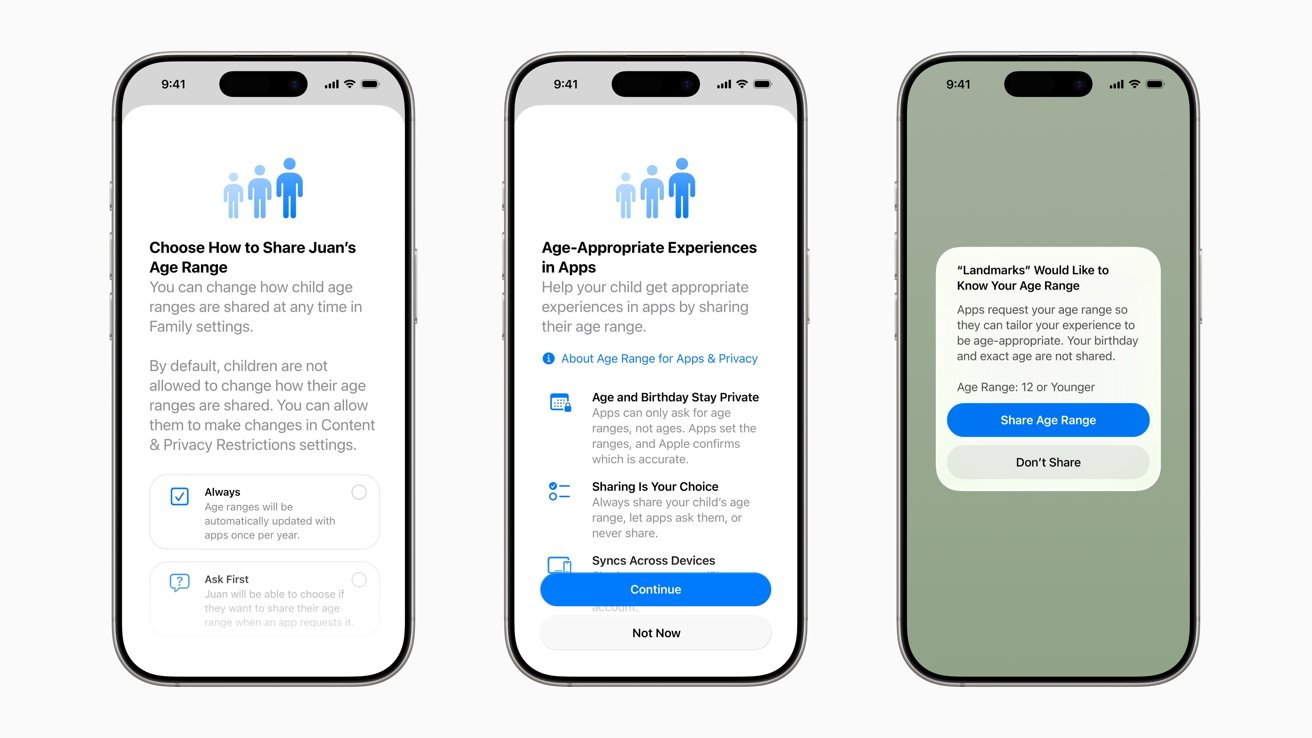



-m.jpg)




 Charles Martin
Charles Martin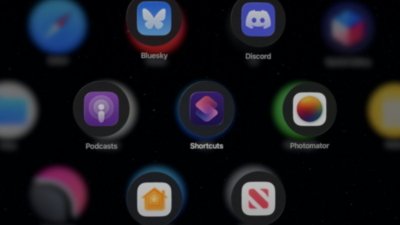
 Wesley Hilliard
Wesley Hilliard
 Andrew Orr
Andrew Orr
 Christine McKee
Christine McKee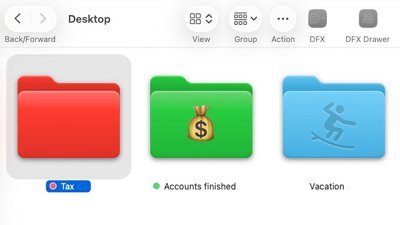
 William Gallagher
William Gallagher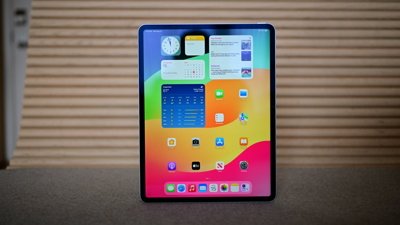


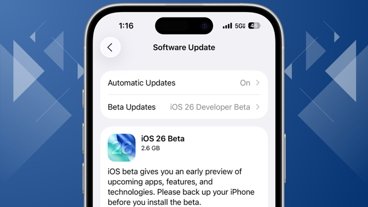









2 Comments
Useless and hopeless... fixing the existing mechanisms to actually work would be a good start. Why I would want to limit regular communication is a mystery to me (maybe someone should revisit the name iPhone) -- that's the main reason why my kids have a mobile phone to begin with. Who gives a crap about sexting (and other things prude Americans can't stand) in Messages and Facetime if Apple makes it impossible to really block shite "social" media apps and websites that make it super easy to even accidentally stumble across much worse stuff!
What's still missing, and really needs to be fixed, is providing for families with separated parents.
As things stand, a child account can only be part of one family group, with one family head.
The family head can enable another adult user in the family group to approve things for the child accounts, but cannot do so for an adult outside of that family group. That's undesirable for a couple of reasons:
1) One or both of those adults may have re-partnered, and may be (or want to be) in a family group with their new partner and/or other kids/stepkids of that new relationship.
2) All purchases within the family group are charged to the credit card of the head of the group, unless the individual account happens to have credit. This is bad for both adults, as the head is left to pay for the other's purchases, and the other has no privacy about their activity.
So separated parents either have to remain linked in this way, or one parent has no ability to manage parental controls and approve things like app purchases.
A simple solution would be to permit a child account to be linked to more than one family group. When asking for approval for a purchase, the child could be prompted whether to ask one or both parents. The parents could configure whether one or the other is always charged for the child, or if the parent who approves is charged. None of that would be terribly complex to implement.
It's really not good enough that, in 2025, Apple doesn't have a solution for this.